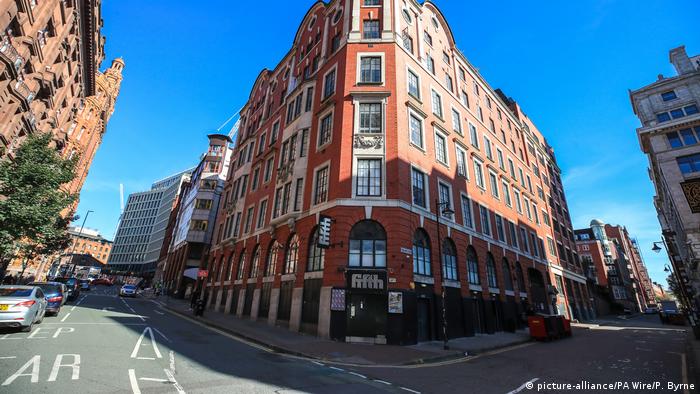I SAID WE HAD A BOMB NOT WE HAVE A-BOMB
Israel’s prime minister Benjamin Netanyahu appeared to accidentally admit his country has nuclear capabilities with an apparent slip of the tongue on Sunday.
Mr Netanyahu described his country as a “nuclear power” at a weekly cabinet meeting before quickly correcting himself with an embarrassed smile.
Israel is widely-believed to possess nuclear weapons but it has never confirmed or denied claims about its atomic arsenal and has maintained a policy of deliberate ambiguity on the issue for decades.
While reading prepared remarks in Hebrew on a deal with Greece and Cyprus for a subsea gas pipeline, Mr Netanyahu said: “The significance of this project is that we are turning Israel into a nuclear power.”
He immediately corrected himself to say “energy power” and then paused before continuing with his comments.
The apparent blunder comes at a time of heightened tensions between the US, an ally of Israel, and arch-foe Iran after Donald Trump ordered an airstrike which killed top Iranian general Qassem Soleimani in Iraq.
Mr Netanyahu has welcomed the killing and praised Mr Trump for ordering the strike, which sparked anger in the Middle East and threats of retaliation from Iran.
The Israeli prime minister is currently fighting for his political survival after two inconclusive election results in April and September last year and an indictment on corruption charges in November.
He has denied the charges, which include bribery, fraud and breach of trust, and asked to be granted immunity.
Read more
Benjamin Netanyahu asks for immunity from corruption chargesThe request is expected to delay his trial until after another election in March, which is now likely to focus on whether he should be granted immunity or step down to stand trial.
Despite international pressure, Israel has refused to sign the Treaty on the Non-Proliferation of Nuclear Weapons, which aims to further the goal of nuclear disarmament.
Video: 200 Israeli Nuclear Weapons Targeted against Iran ...
https://www.globalresearch.ca › video-israel-200-nuclear-weapons-targeted...Jun 19, 2019 - This incisive article by award winning author Manlio Dinucci was first published in May 2019. The decision by the United States to exit the ...
Israel has 200 nukes pointed at Iran, according to Powell emails https://nypost.com › 2016/09/16 › israel-has-200-nukes-pointed-at-iran-ac...Sep 16, 2016 - Former Secretary of State Colin Powell blew the lid off Israel’s hush-hush nuclear program — saying the country has 200 warheads pointed at Iran, according to his hacked emails.In the March 2015 missives — which reveal information the Jewish state has long sought to keep under ...
Its nuclear capabilities have been considered an open secret for years after Mordechai Vanunu, a former nuclear technician, revealed details of the country’s alleged nuclear weapons programme in 1986.
Mr Vanunu was later kidnapped by the Israeli intelligence agency Mossad and brought back to Israel, where he was sentenced to 18 years in jail for treason and espionage.
---30---
Mar 28, 2018 - Mordechai Vanunu, the former technician convicted last week of treason and espionage for revealing the secrets of Israel’s nuclear arsenal to a British newspaper, was yesterday sentenced to 18 years in prison.
The latest Tweets from Vanunu Mordechai (@vanunumordechai). Nuclear Whistleblower, Expose israel Nuclear secrets , ,1986-2004:18 years in israel prison ...
Kristin Joachimsen with Mordechai Vanunu (Facebook). September 30, 2017, 7:
Nearly 11 years after he was released from an 18-year prison sentence for leaking information on Israel's top-secret nuclear program, Mordechai Vanunu is still ...
Other articles where Mordechai Vanunu is discussed: nuclear weapon: Israel: …
by P Hounam - 2004 - Cited by 1 - Related articles
Almost 18 years ago, I flew halfway around the world — to Sydney in. Australia — to meet a man who had taken a momentous decision. Mordechai. Vanunu ..
The recent release on April 22 of Mordechai Vanunu from an Israeli prison provides an opportunity to challenge the U.S. policy of supporting Israel 's ...










 Enlarge
Enlarge






/cdn.vox-cdn.com/uploads/chorus_image/image/66001017/92430295.jpg.0.jpg)
